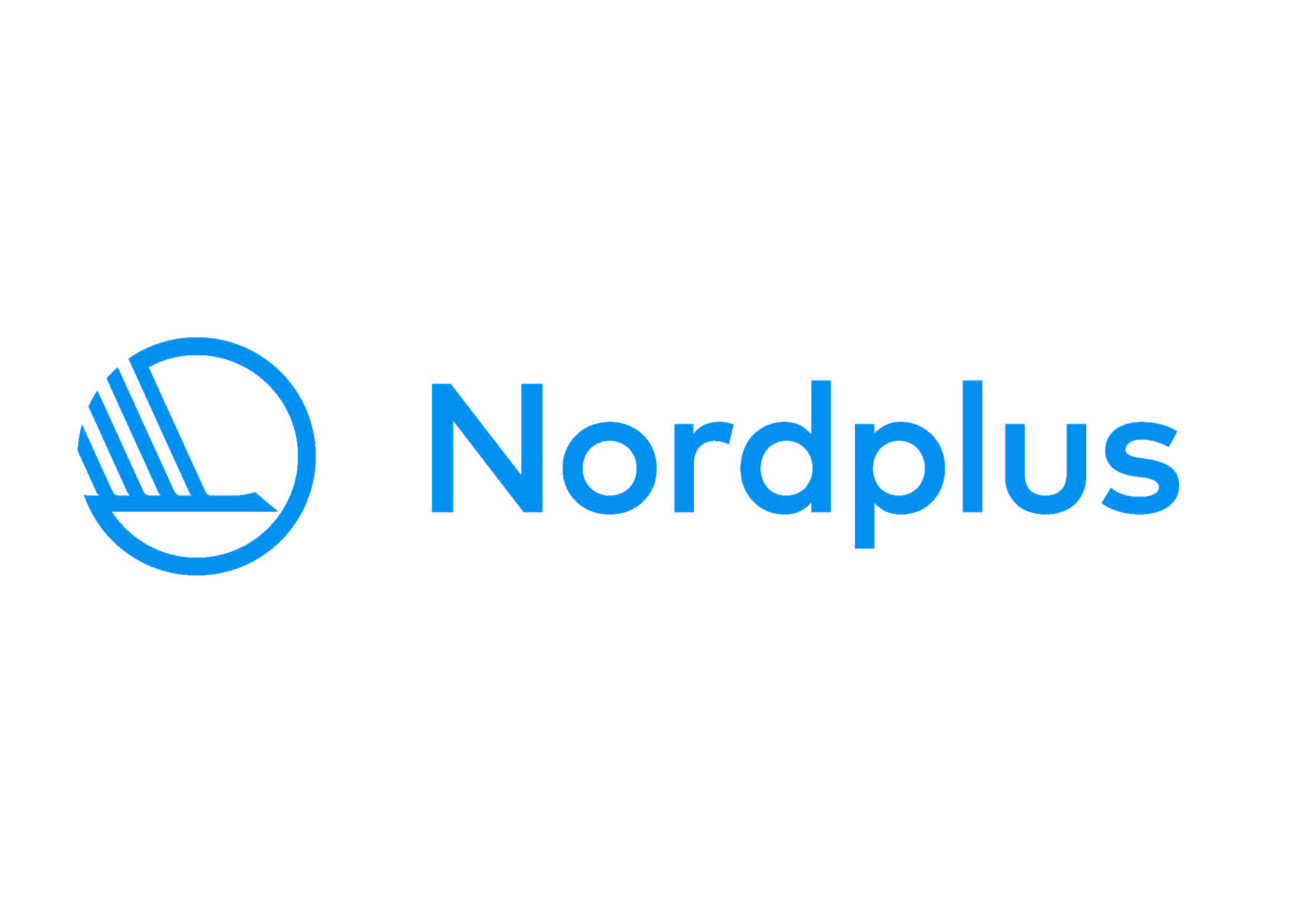Teaching period: 25 – 29 November
Teacher(s): Kirsty Bell
ECTS: 3
Number of available place for KUNO students: 3
Level: BA
Application deadline: 1 November 2019
How to apply: Send an e-mail with a motivation/application to gertrud.sandqvist@khm.lu.se and maj.hasager@khm.lu.se
Course description
Introduction
This seminar proposes to look at the role of existing objects in artworks, to loosen these objects from the dominant narrative of Marcel Duchamp’s readymade and suggest other readings that restore their intrinsic material agency.
By shifting focus from the role of the artist’s gesture to the material qualities of objects themselves, we will examine the kinds of transfigurations that occur for these things to become carriers of wider meaning, that touch on issues related to time, memory, society, and environment.
These arguments will be constructed primarily through reference to works by artists, mainly from the last thirty years, with texts by art historians and philosophers introduced as contextualizing touchstones.
Close reading of these artworks will be employed as a way to fine-tune our own perceptions and readings of objects, experience and environment. Daily illustrated lectures will be followed by discussion groups and/or studio visits. Each student will be encouraged to keep a notebook or diary for the course of the week, to record their own relations to objects, in whatever form they choose.
Central to these discussions will be Jane Bennett’s concept of ‘Vibrant Matter’, as well as Maurice Merleau-Ponty’s theories of phenomenology. Additional texts by Kaja Silverman, Miwon Kwon, Simone Weil and Valentina Desideri will be considered.
I. Genesis
We will begin with the creation myth: the exhibition of Marcel Duchamp’s Fountain in 1917 and its contested provenance and reception as our archeological terrain. We will look at the framing of Fountain as gesture, which constructs a narrative not about materiality as such, but about the role of the artist, artwork and closed systems of art making and distribution. The object is a stand-in, a signifier: its purpose is a demonstration of artistic (in)action. We will look at recent counter-readings by art historians such as Helen Molesworth who reveals the domestic roots of the readymade, or Elena Filipovic’s discussions of the role of Duchamp’s marginal activities. We will consider the readymade’s subsequent influence
through artists including Sturtevant, Philippe Thomas and Sadaane Afif, and their expansion or contestation of Duchamp’s proposals about the role of the artist and artwork.
II. Material Histories
Beginning with Duchamp’s contemporary, Kurt Schwitters, we will look at the auratic role that objects played for this German artist, in his Dada works made between the First and Second World Wars. More recent examples will include Reinhard Mucha, where history and memory, both of a personal and a socio-political nature, are expressed through materials. And Isa Genzken, particularly her outdoor projects, where she takes the whole city to be her Atelier, and architecture itself becomes a readymade. In these examples, existing objects are employed by German artists to describe their country’s tumultuous twentieth century history.
III. Social Hardware:
We will examine how commonplace everyday objects are used to describe intrinsic social conditions, systems or oppressive forces in the works of Cady Noland (weaponised, patriarchal, oppressive); Lutz Bacher (gender-inscribed, fetishistic, cut loose from semantics); Felix Gonzalez-Torres (domestic, intimate, identity-related); David Hammons (social commentary, racial stereotyping, outsider status); plus younger artists e.g. Klara Líden, Park McArthur; Morag Keil.
IV. Disintegration & Debris:
We will shift focus from the whole object to its fragmented remains, and examine the significance of debris in relation to environment. From Robert Smithson’s conception of ruins in reverse, to Jason Dodge’s floor-based trash sculptures which shift ideas of how to read, and Lucie Stahl’s scanned images of objects which question material relations.
V. Memory, Environment, Resonance:
We will think about how objects can be used to describe histories or social conditions that are both personal and general; how they can be used to communicate a resonant meaning that is not inscribed in language or extraneous facts. Paul Thek; Cathy Wilkes; Danh Vo.


